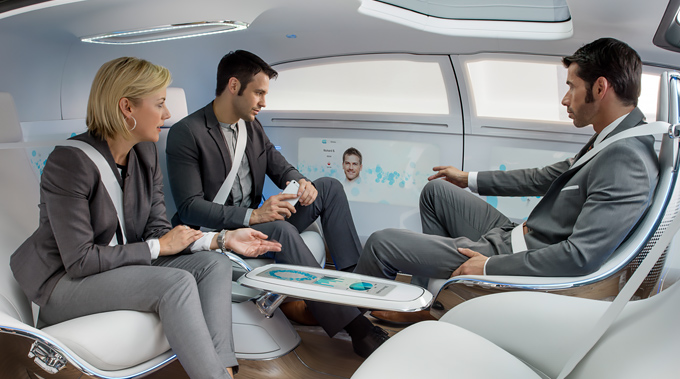Digital technologies and business models co-evolve. Most recently, sharing economy companies like Uber, Lyft, Airbnb, and Instacart have leveraged powerful digital platforms, both public and proprietary, to offer services in innovative ways.
While digital technologies yield many benefits, one intriguing pathway in which they create value is that they allow businesses to achieve substantial improvements in asset efficiency by arranging assets in new configurations.
Take Uber. Unlike taxicab or short-term car rental companies, Uber requires its drivers to own their own vehicles (occasionally leasing vehicles to drivers) but can still deploy them in their service. This, of course, was infeasible before GPS-enabled smartphones. The company has created enormous value for consumers and itself by building and operating a powerful software platform that underpins the business aspects of the service. It also assumes responsibility for the brand, negotiations with local governments, sets prices and so on. Moreover, drivers are responsible for maintaining their own vehicles both mechanically and cosmetically. In contrast, taxicab companies own their own fleets and rent cars to their drivers on a daily or weekly basis. Automobile maintenance and resale is the responsibility of the fleet owner.
As we’ve all come to recognize, Uber and Lyft are acknowledged as providing better service at lower prices, an unbeatable combination achieved in large part because of the superiority of the business model relative to that of the taxicab industry. Yet it’s important to recognize that digital technologies continue to advance and that today’s business models may not last – odd as it may seem at a time when Uber and Lyft don’t even offer their service in many markets.
Many companies are actively developing autonomous cars, including virtually all the auto makers, software companies like Google, and even Uber, which sees the potential benefit of reducing its cost structure even further by reducing its labor costs. With the federal government issuing new regulations supportive of the development of autonomous cars, the race is on.
Yet, as autonomous cars gain acceptance, competitive advantage may shift yet again to a player with a different business model, valuing capabilities that are better suited to a world of autonomous cars.
Let’s begin with ownership. When self-driving cars are in widespread use, Uber will have to own its fleet, moving away from its current asset-light model to a far more capital-intensive one, conceding a key source of its market valuation. It will however benefit from replacing the variable costs associated with its drivers with the fixed costs of fleet ownership. It will also need to maintain its cars and acquire spaces to park them. And what does Uber do with its cars when they can no longer be used in their fleet if the residual value is insignificant which is likely to be the case?
Competitors are making savvy moves. Avis bought Zipcar, giving it experience in an on-demand world. Daimler launched Car2go, a service where drivers can pick up and drop off cars with relatively few restrictions within a local geography, a business model similar to what one might expect in a world of autonomous cars. Lyft’s partnership with GM will also make it easier to incorporate fleet ownership into its business model.
If this future comes to pass, the key capabilities that will be required won’t just be the software platform; it will also require sophisticated fleet ownership and management capabilities. Car rental companies already possess this capability.
Some have argued that it will be far easier for car rental companies to build an app than for the ridesharing companies to acquire fleet management capabilities. But this argument is based on a misunderstanding of what it takes to build a software platform business. The challenge isn’t just the technical complexity of these platforms and the sophistication of their algorithms, which ultimately can be duplicated. It’s the underlying data and insights, consumer experience with the app, and the powerful network effects of their business model. What this argument also misunderstands is the commodity nature of fleet management services as is evident in the market valuation of the car rental companies.
It’s hard to see how Hertz and Avis and others can build a business that rivals Uber and Lyft. More likely, Uber and Lyft will acquire fleet management capabilities. They are already leasing cars to drivers though at a modest scale. Perhaps Uber (valuation of $70B) should buy Hertz now (valuation of $4B) before the price gets too high?
It’s difficult to predict the future. What I’d like to underscore is that technology and business models co-evolve. The new business models that we see today will also change with the relentless advance of digital technologies. Most importantly, the capabilities that are necessary for success will also shift. It’s not always going to require the acquisition of software capabilities. In physical world businesses, while the specifics will depend on industry characteristics, software companies may need to acquire more traditional capabilities.
As a business executive, you must review your business with a watchful eye, and stay ever alert to the impact of technology on your business model and the capabilities you will need to succeed in the long run.

